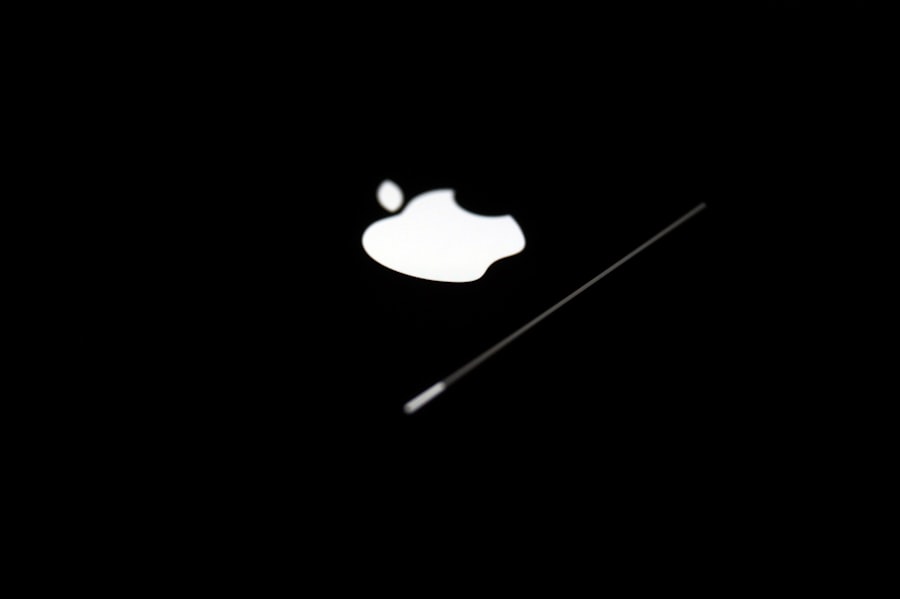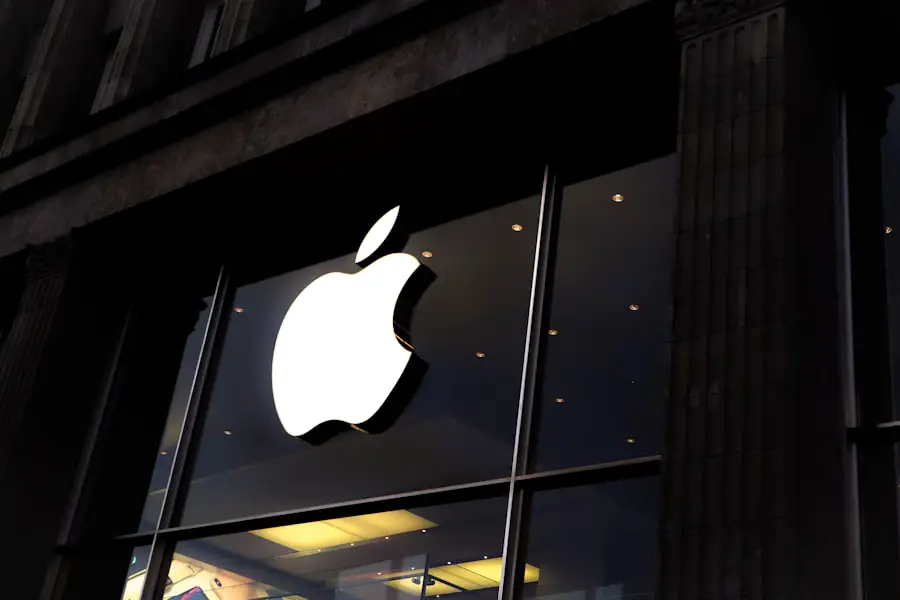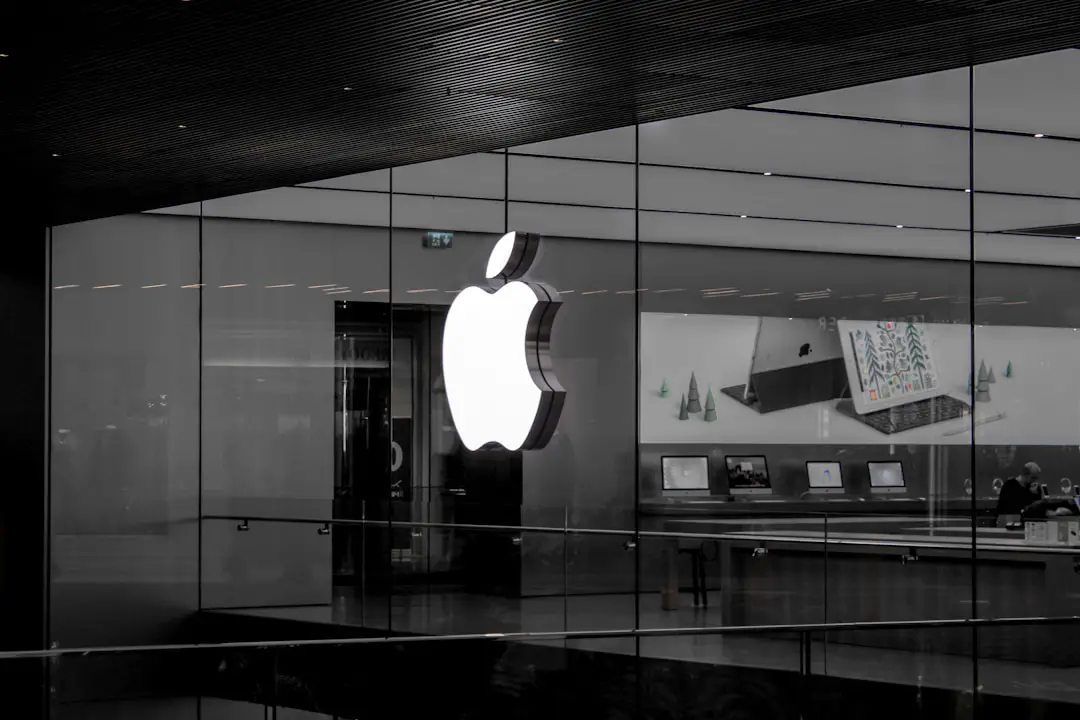Find My iPhone is a feature developed by Apple that allows users to locate their lost or stolen devices. This service is part of the broader Find My app, which integrates the functionalities of both Find My iPhone and Find My Friends into a single platform. When enabled, it utilizes GPS, Wi-Fi, and cellular data to pinpoint the location of an iPhone, iPad, Mac, or Apple Watch on a map.
Users can access this feature through the Find My app on another Apple device or via the iCloud website. The utility of Find My iPhone extends beyond mere location tracking; it also offers several security features. For instance, if a device is lost, users can remotely lock it, display a custom message on the screen, or even erase all data to protect personal information.
The service also includes a sound feature that can help locate a device if it is nearby but not visible. This combination of tracking and security measures makes Find My iPhone an essential tool for Apple users who want to safeguard their devices against loss or theft.
Key Takeaways
- Find My iPhone is a feature that allows users to locate their lost or stolen iPhone using iCloud.
- To pause Find My iPhone, go to Settings, tap on your name, select iCloud, and then tap Find My iPhone to turn it off.
- Reasons to pause Find My iPhone include conserving battery life and preventing the device from being tracked.
- Limitations of pausing Find My iPhone include the inability to locate the device if it is lost or stolen.
- Alternatives to pausing Find My iPhone include using Low Power Mode or enabling Airplane Mode to conserve battery life.
How to Pause Find My iPhone
Pausing Find My iPhone is a straightforward process, but it requires careful navigation through the device’s settings. To begin, users must open the Settings app on their iPhone or iPad. Once in Settings, they should tap on their name at the top of the screen to access their Apple ID settings.
From there, they will need to select “Find My” and then tap on “Find My iPhone.” Here, users will find the option to toggle off the feature. It’s important to note that pausing this feature will require the user to enter their Apple ID password for verification. After pausing Find My iPhone, users should be aware that they will lose the ability to track their device’s location through the Find My app.
This action can be particularly concerning if the device is misplaced or stolen shortly after pausing the feature. Therefore, it is advisable to consider the implications carefully before proceeding with this action. Users should also ensure that they have alternative methods for locating their device if necessary.
Reasons to Pause Find My iPhone

There are several reasons why someone might choose to pause Find My iPhone temporarily. One common reason is when a user is selling or giving away their device. In such cases, pausing the feature is often a necessary step before transferring ownership.
This ensures that the new owner can set up the device without encountering issues related to the previous owner’s Apple ID. Additionally, pausing Find My iPhone can help prevent any potential tracking of the device by the previous owner after it has been sold. Another reason for pausing this feature could be related to privacy concerns.
Some users may feel uncomfortable with the idea of being tracked at all times, even if it is for their own security. In situations where individuals are sharing devices or using a family member’s phone, they might opt to pause Find My iPhone to maintain a sense of privacy and autonomy over their location data. This decision can be particularly relevant in contexts where users are concerned about surveillance or unwanted tracking.
Limitations of Pausing Find My iPhone
| Limitations of Pausing Find My iPhone |
|---|
| 1. Cannot locate the device |
| 2. Cannot remotely lock or erase the device |
| 3. Cannot receive location updates |
| 4. Cannot use Activation Lock |
While pausing Find My iPhone may seem like a simple solution for certain situations, it comes with significant limitations that users should consider. One of the most critical drawbacks is the loss of tracking capabilities. Once paused, users cannot locate their device if it goes missing or is stolen.
This lack of access can lead to frustration and anxiety, especially if the device contains sensitive information or irreplaceable data. Moreover, pausing Find My iPhone also disables other security features associated with it. For instance, users will not be able to remotely lock their device or erase its data if it falls into the wrong hands.
This vulnerability can expose personal information and increase the risk of identity theft or unauthorized access to accounts linked to the device. Therefore, while there may be valid reasons for pausing this feature, users must weigh these against the potential risks involved.
Alternatives to Pausing Find My iPhone
For those who are hesitant about pausing Find My iPhone but still want some level of privacy or control over their location data, there are alternative approaches worth considering. One option is to adjust location sharing settings within the Find My app itself. Users can choose to share their location only with specific contacts rather than allowing all devices linked to their Apple ID to track their whereabouts.
This selective sharing can provide a balance between privacy and security. Another alternative is to utilize other privacy settings available on iOS devices. For example, users can disable location services for specific apps that do not require constant access to their location data.
By doing so, they can limit how often their location is shared without completely disabling Find My iPhone. Additionally, users can explore third-party applications designed for privacy management that offer more granular control over location sharing and tracking.
Security Concerns with Pausing Find My iPhone

Pausing Find My iPhone raises several security concerns that users must take into account before making this decision. One of the most pressing issues is the increased risk of theft or loss without the protective measures that Find My iPhone provides. If a device is lost while this feature is paused, recovering it becomes significantly more challenging.
Thieves often target devices that are not secured by tracking features, knowing that they can exploit this vulnerability. Furthermore, pausing Find My iPhone can lead to potential data breaches if a device falls into malicious hands. Without the ability to remotely lock or erase data from a lost device, sensitive information such as banking details, personal messages, and photos could be accessed by unauthorized individuals.
This risk underscores the importance of maintaining robust security measures on devices and being cautious about when and why one might choose to pause such features.
How to Reactivate Find My iPhone
Reactivating Find My iPhone is just as simple as pausing it and can be done through the same settings menu on an Apple device. Users should navigate back to Settings and tap on their name at the top of the screen once again. From there, they will select “Find My” and then tap on “Find My iPhone.” Here, they can toggle the feature back on by switching it from off to on.
It’s essential for users to ensure that they have entered their Apple ID password correctly during this process for verification purposes. Once reactivated, users will regain access to all features associated with Find My iPhone, including location tracking and remote security options. It’s advisable for users to check that all settings are configured correctly after reactivation to ensure optimal functionality.
Regularly reviewing these settings can help maintain security and provide peace of mind regarding device safety.
Is it Safe to Pause Find My iPhone?
The decision to pause Find My iPhone should not be taken lightly due to its implications for both security and privacy. While there are valid reasons for doing so—such as selling a device or addressing privacy concerns—the potential risks associated with losing tracking capabilities cannot be overlooked. Users must carefully evaluate their circumstances and consider whether alternative solutions might better serve their needs without compromising security.
Ultimately, maintaining a balance between privacy and security is crucial in today’s digital landscape. Users should remain informed about the features available on their devices and make choices that align with their personal comfort levels regarding location tracking and data protection. By understanding both the benefits and limitations of pausing Find My iPhone, individuals can make more informed decisions about how best to manage their devices in an increasingly connected world.
If you are looking for more information on how to use the Find My iPhone feature, you may want to check out the terms and conditions outlined on getiphoneinfo.com. This article provides important details on how the feature works and what you need to know before using it. Additionally, if you have any questions or need assistance with Find My iPhone, you can reach out to the website’s support team by visiting getiphoneinfo.com.
FAQs
What is Find My iPhone?
Find My iPhone is a feature developed by Apple that allows users to locate their lost or stolen iPhone, iPad, Mac, or Apple Watch using another Apple device or through iCloud.com.
Can you pause Find My iPhone?
Yes, you can pause Find My iPhone by turning off the feature in the device’s settings. However, it is important to note that turning off Find My iPhone will make it impossible to track the device if it is lost or stolen.
Why would someone want to pause Find My iPhone?
Some users may want to pause Find My iPhone temporarily if they are giving their device to someone else or if they are having it serviced. However, it is recommended to only pause the feature when absolutely necessary and to turn it back on as soon as possible.
How do you pause Find My iPhone?
To pause Find My iPhone, go to the device’s settings, tap on your Apple ID, select “iCloud,” and then toggle off the “Find My iPhone” feature.
What are the implications of pausing Find My iPhone?
Pausing Find My iPhone means that the device will no longer be trackable using the feature. This can make it difficult to locate the device if it is lost or stolen. It is important to consider the potential risks before pausing Find My iPhone.










